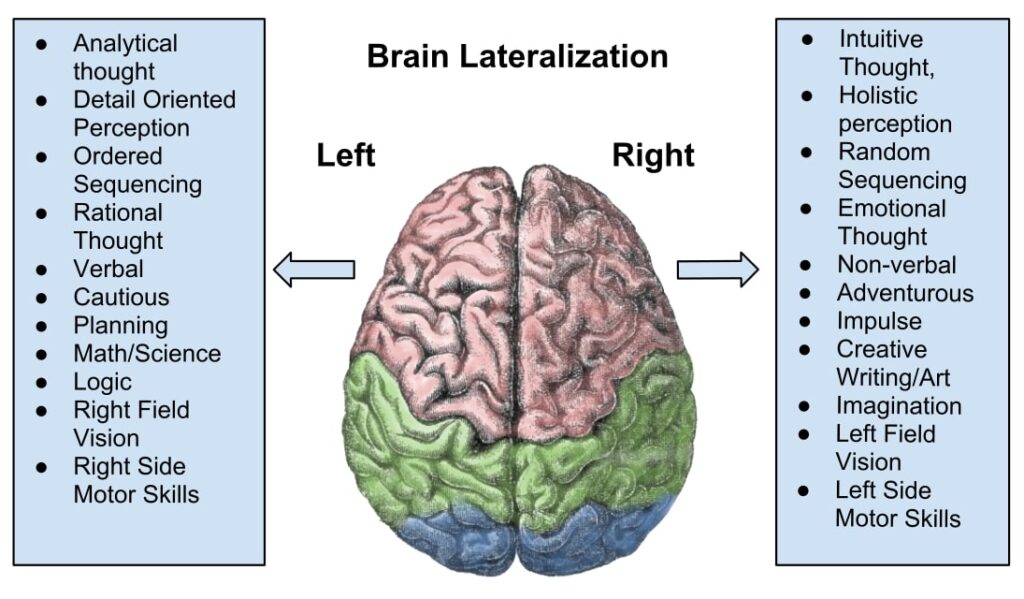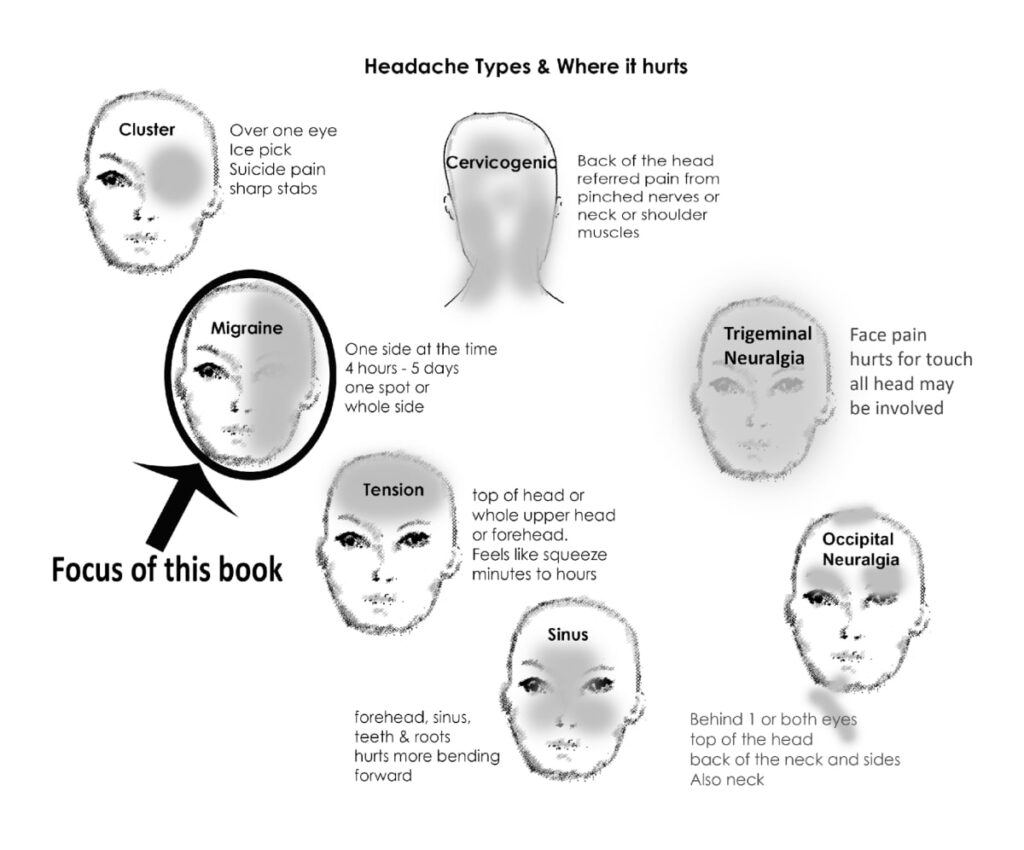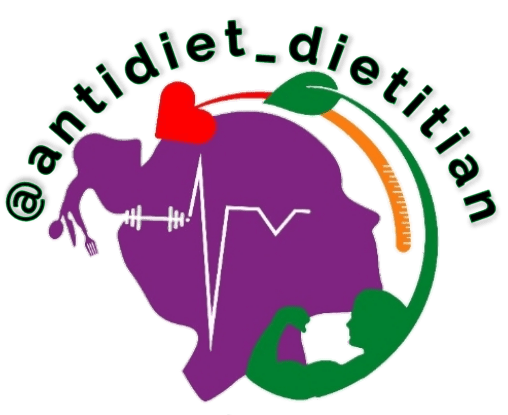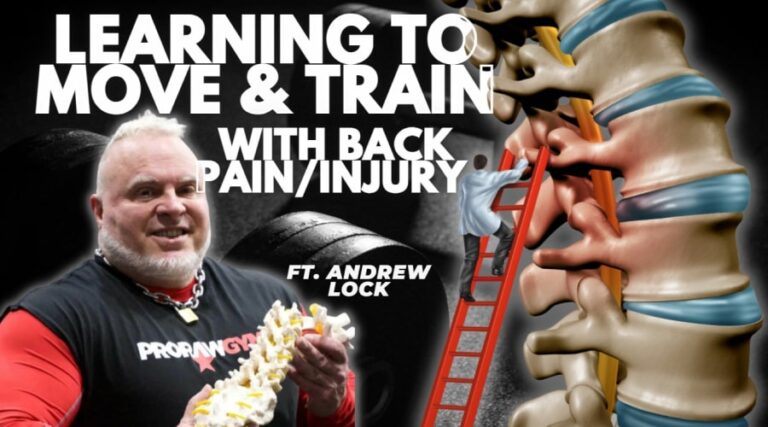- +61 426 844 919
- info@astrid-dietitian.com
- Queensland 4227, Australia

- February 2, 2023
Migraine vs Headache
By Angela A Stanton
Migraines Without Headache
Migraine is greatly misunderstood by doctors and scientists, primarily because they aim to treat symptoms rather than the underlying cause.
I have been a migraineur since my early teens, suffered with migraines for over 45 years. I spent the past nearly two decades learning everything I could to understand what migraine is, how it starts and why, and how I can stop them and prevent them. One of the biggest problems migraineurs face is the misinformation that migraine is just a headache. Here I hope to explain the difference and also explain why migraine headache is the way it is—something very different from a headache.
Migraines Without Headache
Few people realize that the terms “migraine” and “headache” are not synonymous. Migraines need not come with a headache at all. Approximately 20% of all migraines are “silent” migraine, meaning migraine without head pain. This immediately distinguishes migraine from headaches, since if migraine may exist without a headache, we most certainly cannot define migraine by headache.
The Brain
The brain is very unique. It has different functions in each hemisphere:

Given the lateralization of the brain, we can also see that if there is a problem somewhere in the brain, say the migraineur has a symptom of inability to talk, then we can tell that the migraine is affecting the brain region in the left hemisphere of the brain (Broca Area).
It’s not everywhere in the brain, only in that place. This is very important in understanding where the brain experiences trouble because it tells us what we can do about it. In addition, it also cover all migraine types, so we can see that all migraines are just the same “migraine”, only it manifests differently in a location specific way by different symptoms.
Where is the Pain?
In addition, there are no pain sensors inside the brain. Brain surgery, for example, is done without general anesthetics1. Whatever pain is inside the brain, it is directed to the nociceptors (pain-sensory nerves) located on the meninges, a thick tissue made of several layers separating the brain from the skull. So whatever pain we feel is independent from its location in the brain. The pain cannot tell us anything at all. However, the other symptoms can, because of the lateralization of the brain.
The lateralization and the pain sensory nociceptors on the meninges mean that the headache associated with migraine is unilateral (on one side only) and is not a throbbing pain. These two points are quite in contrast to many medical definitions of migraine, which suggest that the pain can be anywhere, including whole head, and can be throbbing—but nothing is farther from the truth. Below you see a diagram taken from my book that shows various headache types. The one I circled is migraine headache.

All migraines have prodromes, which are signals that one is about to have a migraine. Typical prodromes are sensitivity to light, odors, sounds, taste, dizziness, vertigo, nausea, vomiting, irritable bowel syndrome (IBS), restless legs syndrome (RLS), feeling overly happy or sad, inability to comprehend, aura, cravings of salty, sweet, or sour foods, and hundreds of more prodrome symptoms. Migraine headaches last a minimum of 4 hours but usually 2-3 days or longer and followed by postdrome, which often feels like a hangover.
It is accepted that migraine has a strong genetic foundation, and one can even search the Human Genome Database for migraine genes. We think of genetics as the key to our body and our future but that isn’t so. Genes need to be expressed.
The expression of a particular gene is dependent upon the expression and many other genes, and each of these gene expressions is dependent upon the environmental pressure placed on them. This is referred to as epigenetics. And we can see that in the case of migraine too, these epigenetic forces play a huge role.
For example, while all migraineurs are born with the migraine genes, most migraineurs don’t start migraine right after they are born though some enfants that have colic are said to have migraines. The environmental drivers that can express genes, such as migraine, are active all through our lives and we have control over them. Migraine is a form of channelopathy.
Migraine Cause
Migraines are directly caused by an electrolyte imbalance as a result of the ionic channel variants. The brain primarily uses GLUT3 to transport glucose into the neurons and GLUT1 to cross the blood brain barrier. These GLUT transporters are voltage-gated-sodium-dependent glucose transporters (SGLTx). As a result, and because of the more active sensory neurons of the migraine brain, there is more sodium needed to initiate action potential more frequently. Since glucose entering cells removes sodium and water from the cells, this causes electrolyte imbalance and edema. Hence migraines are caused directly by the consumption of carbohydrates, not enough sodium, and water collected in edema.
It is key to understand the following migraine facts:
- Migraineurs are carbohydrate intolerant
- Migraineurs have hypersensory neurons
- Migraineurs have more connections among their sensory neurons
- Migraineurs have different voltage potentials in the brain
- Migraineurs need more salt in their diet
Contributors to electrolyte imbalance include:
- Carbohydrate consumption
- Dehydration and improper hydration
- Supplements that may not be necessary: multivitamins, potassium, zinc, selenium, etc.
- Medications prescribed for migraine, such as beta blockers, anticonvulsants, SSRIs, SNRIs, SARIs, and even triptans.
- High potassium/sodium foods without balancing sodium & potassium in equal amounts. In the human body, sodium and potassium are approximately in the same amounts, so consuming food in which either sodium or potassium is out of this balance will cause an electrolyte imbalance.
- Emotional events: both overly happy and overly sad.
- Barometric pressure changes.
- Menstrual cycles and/or ovulation
Migraine is completely preventable by a low carbohydrate diet, be it LCHF, carnivore, or ketogenic diet—with the caveat that the carnivore diet works the best, at least initially as one learns to become migraine free. Migraineurs need much more salt than other people do.
I have come to resolve my migraines and can prevent them all. By now many thousands of migraineurs have followed me and have also learned how to abort and prevent their migraines by the processes defined in my book Fighting the Migraine Epidemic: Complete Guide. How to Treat & Prevent Migraines Without Medicines and we actively help all migraineurs freely in my Facebook migraine group. We welcome you to join us.

About the autor
Angela A Stanton
Angela A Stanton, PhD has earned her doctorate in NeuroEconomics (experimental neuroscience using economic models) and is also fMRI certified, in addition to having earned the following additional degrees: MS in Management Science & Engineering, Stanford University, MBA at University of California, Riverside, BSc in Mathematics at UCLA.
Share :
Twitter
Telegram
WhatsApp
ACHIEVE FOOD FREEDOM
Subscribe to our newsletter of our latest articles and the best tips about food









1 thought on “Migraine vs Headache”
This is such a fantastic post! Your work on the matter is very commendable and your writing is highly captivating. Keep up the fantastic work!